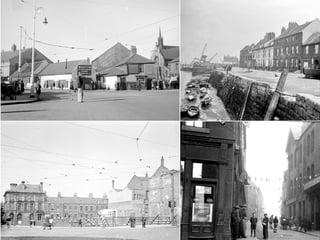The year Sunderland had 67 continuous days of snow, 15ft-high drifts and 70mph gales
and live on Freeview channel 276
Did you live through the Arctic blizzards of 1963? Plenty of you did and what a winter it was.
Today, as we face the grip of snowstorms for the rest of this week, take a look at the hazards Sunderland faced 58 years ago.
Advertisement
Hide AdAdvertisement
Hide AdPhil Curtis from Sunderland Antiquarian Society takes up the story.
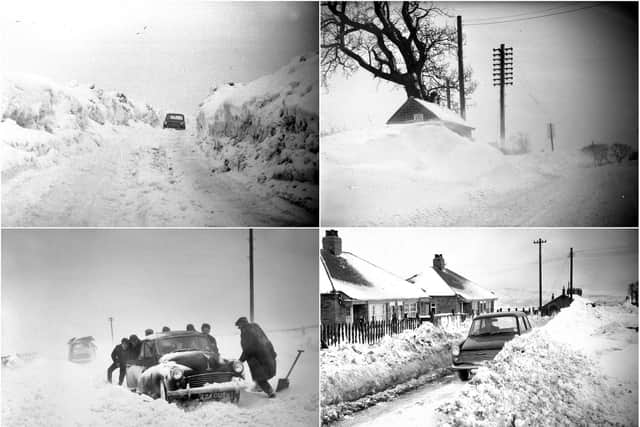

Six million tonnes of snow fell on Sunderland that year. It lay 13 inches deep at times.
It was so cold that the anti-freeze froze in cars. So cold that Sunderland went through 45 days of snow falling, and 67 days of it lying on the ground.
Phil said: “The real cold weather arrived at the end of December with Christmas Day 1962 the coldest since 1947 but the real blizzards arrived on Wednesday, January 2 when a three-day blizzard hit Sunderland.
Advertisement
Hide AdAdvertisement
Hide Ad“Sport was an early casualty on January 1 when a record number of football matches were postponed including 29 of the 32 FA Cup ties.
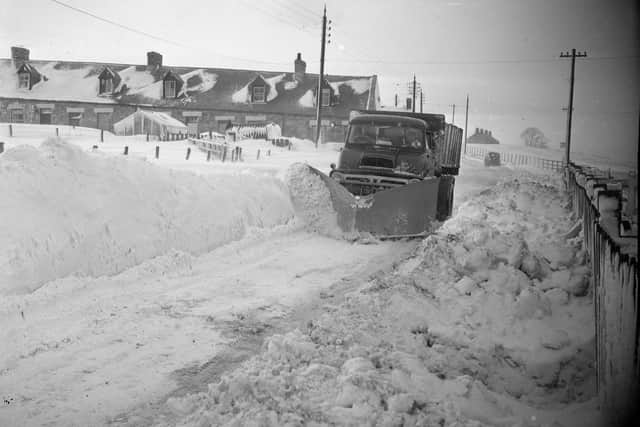

“One of the games that did go ahead involved Sunderland who were away at Preston. Thousands of fans made the hazardous trek to Lancashire and were rewarded with a 4-1 victory.
“Snowfalls over the next few days came in freezing blizzards raging for hours at a time. By January 9, bitterly cold gales up to 70mph whipped the snow into giant drifts, up to 15 feet high.
“Arctic nights were followed by daily snowfalls lasting hours. Sunderland had twelve snowploughs and eight gritting machines all working flat out clearing bus routes.
Advertisement
Hide AdAdvertisement
Hide AdThe first two weeks of that January saw 13 inches of snow fall on Sunderland. Many areas were regularly cut off by blocked roads and gridlocked traffic.
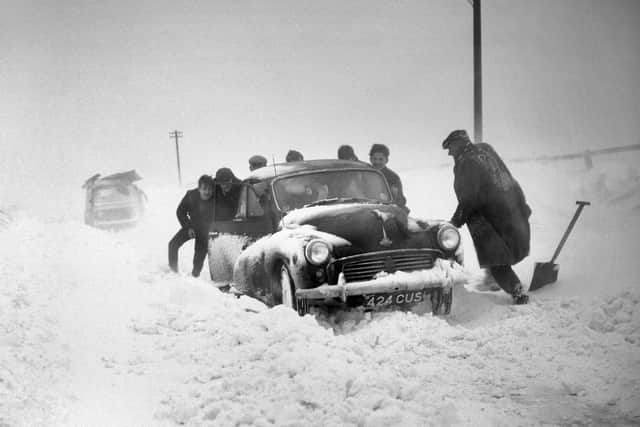

Motorists in difficulty were told to help themselves to the contents of the town’s 50 grit boxes so snowploughs would not have to make unnecessary journeys.
People clearing their footpaths were told not to dump it in gutters in case Sunderland’s drains became overwhelmed.
To make matters worse, a measles epidemic saw 200 cases reported in the first two weeks of the year and there was also an increase in pneumonia among the elderly.
Advertisement
Hide AdAdvertisement
Hide AdBy January 15, temperatures rose slightly but this brought a new problem – burst water pipes. The following day, Wearside was back in the ‘deep freeze’ with 11 degrees Fahrenheit (-11C) of frost, more snow and more blocked roads.
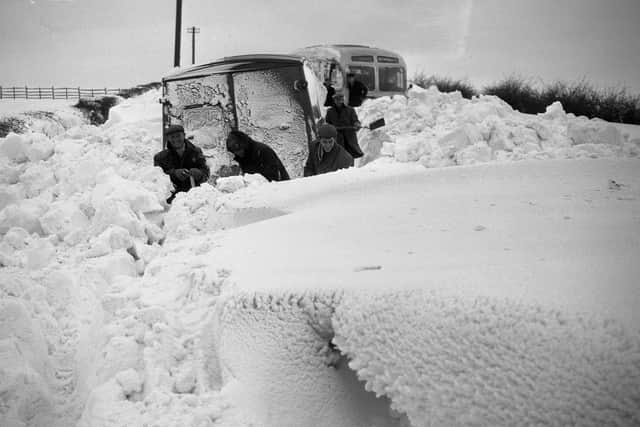

Burst water pipes continued to rise and the Water Company warned about the dangers of explosions from lighting boilers after the hot water system had frozen up.
January 24 was the coldest of the winter so far and even saw reports of anti-freeze having frozen in cars.
On February 1, three hours of continuous snow came and burst pipes reached 12,196 since the turn of the year.
Advertisement
Hide AdAdvertisement
Hide AdBy February, the snow was so deep that some of the snow ploughing was abandoned. Heavy fresh falls throughout the month continued.
Phil added: “As March arrived so did the thaw.
“The ‘Mini Ice-Age’ thankfully was over.”
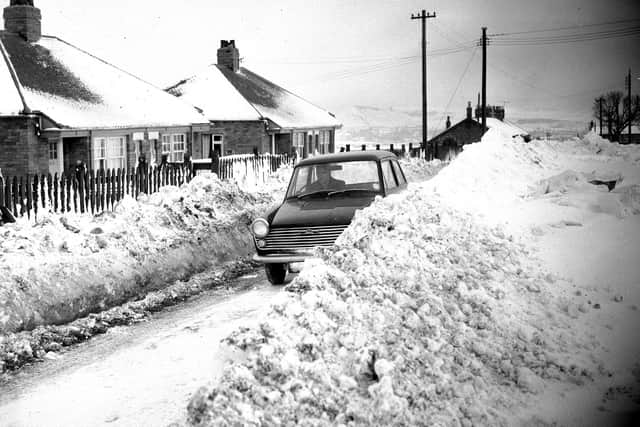

Did you live through the winter of 1963? Tell us more by emailing [email protected]
